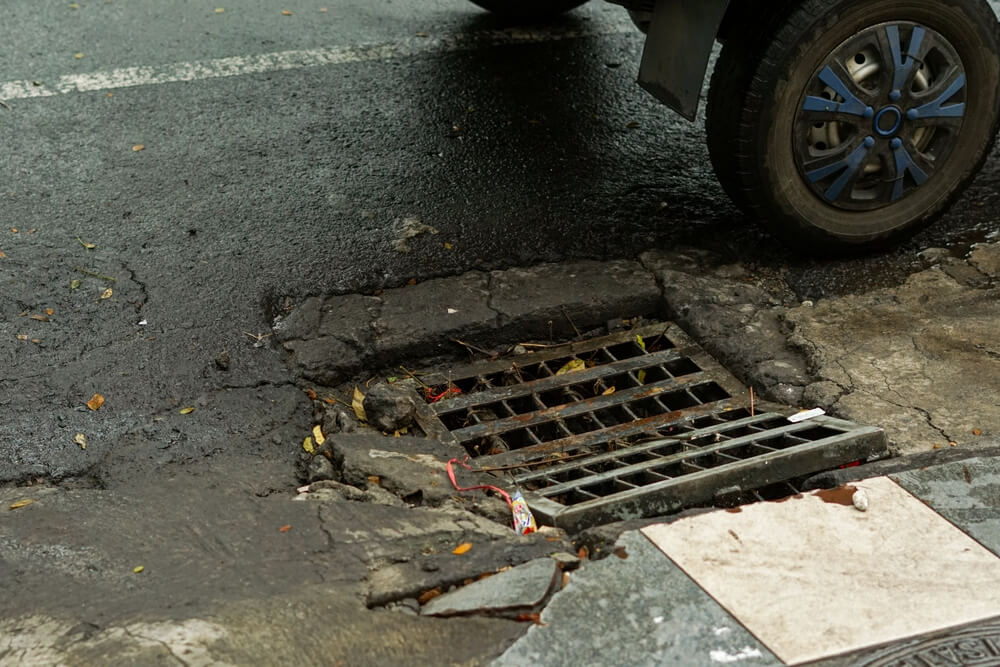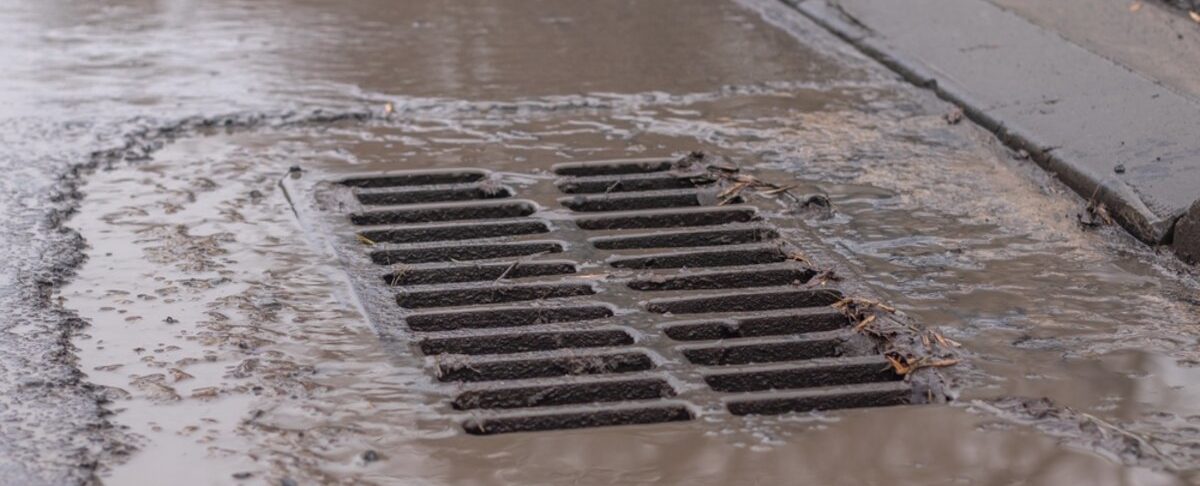An asphalt driveway is a durable and visually appealing option for homeowners, but without proper drainage, it can quickly develop problems. Standing water, erosion, and cracks can compromise the integrity of the asphalt, leading to costly repairs. Understanding the causes of drainage issues and how to address them is essential to maintaining a long-lasting driveway. In this guide, we will explore common drainage problems, their impact, and effective solutions to keep your asphalt driveway in excellent condition.
Common Drainage Problems in Asphalt Driveways
Before tackling drainage issues on asphalt driveways, it’s important to recognize the warning signs. The following are the most common problems associated with poor drainage:
Puddles and Standing Water
Pooled water on an asphalt driveway indicates improper slope or grading. Over time, this stagnant water can weaken the surface, causing cracks and potholes.
Erosion and Washouts
Heavy rain and poor drainage can cause soil erosion along the edges of your driveway. This can lead to structural instability and result in crumbling asphalt at the edges.
Cracks and Potholes
When water seeps into small cracks and freezes, it expands, leading to larger cracks and potholes. Without proper drainage, this cycle of freezing and thawing accelerates asphalt deterioration.
Water Pooling Near the Garage or Foundation
If water drains toward your home instead of away from it, it can cause structural damage to the foundation or garage. Excess moisture around the base of your home can lead to mold, mildew, and foundation weakening.
Causes of Drainage Issues
Whether it’s a concrete driveway or asphalt driveway, understanding why drainage problems occur is key to finding the best solution. Some of the most common causes include:
Improper Slope and Grading
Driveways should have a slight slope to direct water away from the surface. If the driveway is too flat or slopes in the wrong direction, water will pool instead of draining away.
Clogged or Insufficient Drainage Systems
Gutters, drains, and ditches help manage runoff. If these systems become blocked with debris, water has nowhere to go.
Soil Composition
Certain soil types, such as clay, do not absorb water well, leading to surface runoff that can contribute to driveway damage.
Lack of Sealcoating
Asphalt driveways require regular sealing to protect them from moisture penetration. Without it, water can seep into the material and cause cracks.
Solutions for Drainage Problems
Fortunately, there are several ways to address drainage issues on an asphalt driveway. The best solution depends on the severity and cause of the problem.
Regrading the Driveway
If improper slope is the issue, regrading the driveway is often the most effective solution. A professional contractor can adjust the driveway’s slope to ensure water flows away from the surface instead of pooling.
Installing a French Drain
A French drain is a trench filled with gravel and a perforated pipe that redirects water away from the driveway. This is a great solution for driveways where water tends to collect in low spots.
Adding a Channel Drain
For driveways leading to a garage or other structure, a channel drain (trench drain) can be installed at the base of the driveway. This prevents water from pooling near the foundation and directs it to a safe drainage area.
Improving Gutter and Downspout Systems
Ensure that gutters and downspouts direct water away from the driveway. If necessary, extend downspouts to guide water further away from the asphalt surface.
Using Permeable Pavers for Edging
Adding permeable pavers along the edges of an asphalt driveway helps with water absorption and prevents erosion. These pavers allow water to seep into the ground instead of running off the surface.
Applying Sealcoating
Regular sealcoating prevents water from penetrating the asphalt, reducing the risk of cracks and potholes. It’s recommended to reseal an asphalt driveway every two to three years.
Repairing Cracks and Potholes Promptly
Small cracks and potholes should be repaired as soon as they appear. Using asphalt patching material and crack filler helps prevent further water infiltration and deterioration.
Installing a Sump Pump for Severe Drainage Issues
In cases where groundwater consistently pools on the driveway, a sump pump may be necessary to remove excess water and direct it away from the surface.
Preventative Maintenance for Long-Term Protection
To ensure your asphalt driveway remains in top condition, follow these maintenance practices:
- Inspect the driveway regularly for signs of drainage issues, including puddles, cracks, and erosion.
- Keep gutters, drains, and ditches clear to allow proper water flow.
- Sealcoat the driveway every few years to protect it from moisture penetration.
- Address minor damage immediately to prevent costly repairs down the road.
- Ensure proper landscaping by keeping soil and vegetation in check to prevent water from accumulating near the driveway.
Ensure Proper Asphalt Driveway Drainage

Proper asphalt driveway drainage is essential for maintaining the longevity and appearance of an asphalt driveway. Identifying drainage issues early and implementing effective solutions can prevent costly damage and extend the life of your driveway. Whether through regrading, installing drainage systems, or regular maintenance, taking proactive steps will keep your asphalt surface in great condition for years to come. If you’re experiencing persistent drainage issues, contact Richfield Blacktop today to help you find the best long-term solution tailored to your property’s needs.




